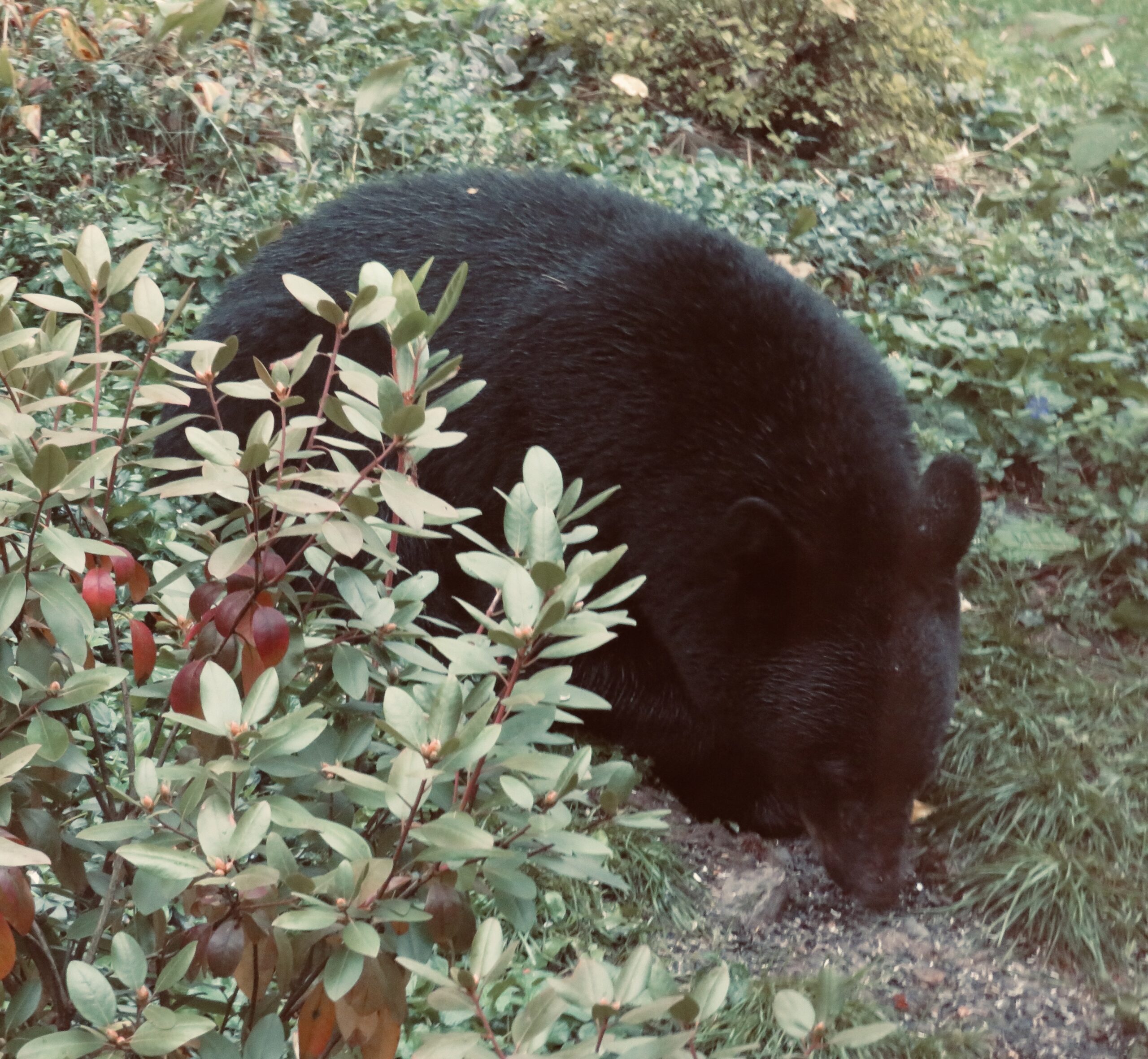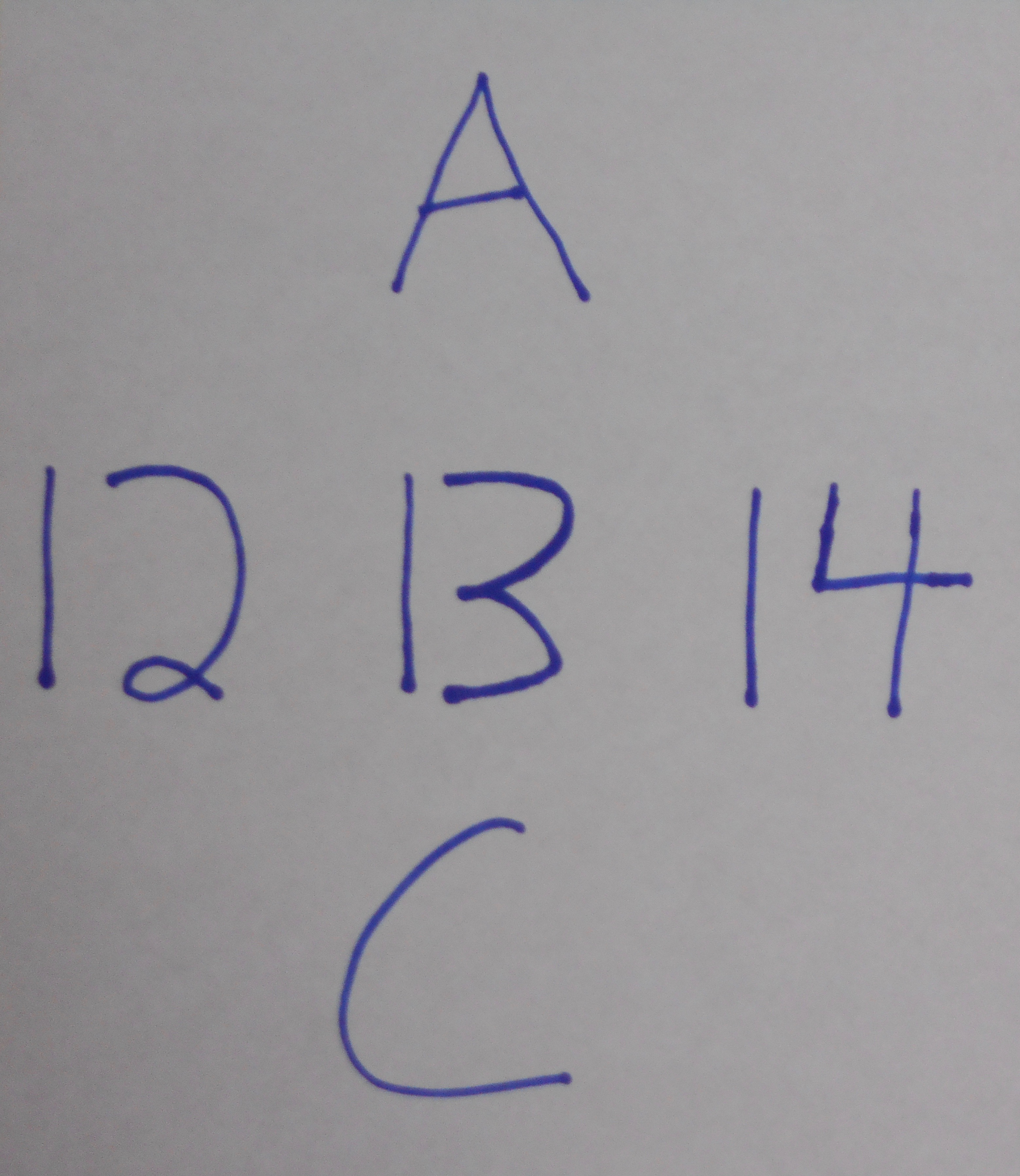Lately, I often feel like I’m stuck in DT’s mind and can’t find a way out. It’s horrifyingly unpleasant, a daytime nightmare. Then I step back and breathe, momentarily at peace again.
We all create a world in our mind. Our world. Each person’s perception is slightly different from anyone else’s⎼ the depth of color, what we focus on and ignore, what we listen to and hear, what we respond to or bury. What a scene calls to in our memory.
We all, to varying degrees, shape the physical and social world around us to fit our way of perceiving it. In a way, whatever we see is us. We perceive and experience what our senses and brain make possible for us to sense. We never see or hear exactly what another person sees or hears; or what a dog or a bat sees and hears.
And the moment-by-moment play-by-play that most of us hear in our minds is unique to us yet shares so much with the experience of others. But we can learn to step away from the recording. We can enjoy and be fascinated by, maybe even love, what eludes our play-by-play; we can welcome what is bigger or other than what we’ve ever perceived before.
But not DT. He seems to be one of the very few who feel they must control, manipulate, fabricate everyone and everything until other people only walk, talk, and appear as they would dress them. Only a very few feel they can’t feel secure, maybe can’t breathe unless there’s no one or nothing but themselves in their world shaping it. They’re just too ignorant about controlling themselves they try to make up for it by controlling others.
For example, look at DT’s response to the killing of Charlie Kirk. In a way, this murder was both awful and a perfect opportunity for him and his sycophants. It provided a chance to fertilize the delusion, hate, and division they’ve been growing for years, for lying about and demonizing “the left,” which in their definition is anyone who opposes their lust to turn this nation into a racist dictatorship they control.
Charlie Kirk was an outspoken conservative activist. Oliver Willis, writing for Daily Kos, said it seems many have been forgotten that he was also “a bigot, misogynist, and a racist who regularly excused the very sort of gun violence that ended his life.” Kirk said, in 2023, “It’s worth to have a cost of, unfortunately, some gun deaths every single year so that we can have the second amendment.” Did he mean to excuse 47,000 killed by guns in 2023 alone? How about 27 killed in 2012 in Sandy Hook Elementary School or 19 killed in Robb Elementary School in 2022? What about 47 school shootings so far this year?
Kirk’s killer, Tyler Robinson, comes from a Republican, Mormon, church-going family. He has no criminal record. He turned himself in to police after being encouraged to do so by his parents and a retired police officer who knew his family through their church. He even took responsibility for the vile murder on his social media platform, saying “im sorry for all of this.” He was dating his roommate, a transgender person, and the revelation of this relationship set up a tsunami of speculations, lies, and distortions led by DT himself.
Instead of using this awful event to bring people together in the face of violent death, DT used it to manipulate a violent reaction against Democrats, LGBTQ+, immigrants, and his opponents. “The radicals on the right are radical because they don’t want to see crime…” he said. This ignores the fact that for the last 40 years especially, most politically motivated violence came from the right. “The radicals on the left are the problem – they want men in in women’s sports, they want transgender for everyone, they want open borders…”
He said…
*To read the whole article, please go to The Good Men Project.




